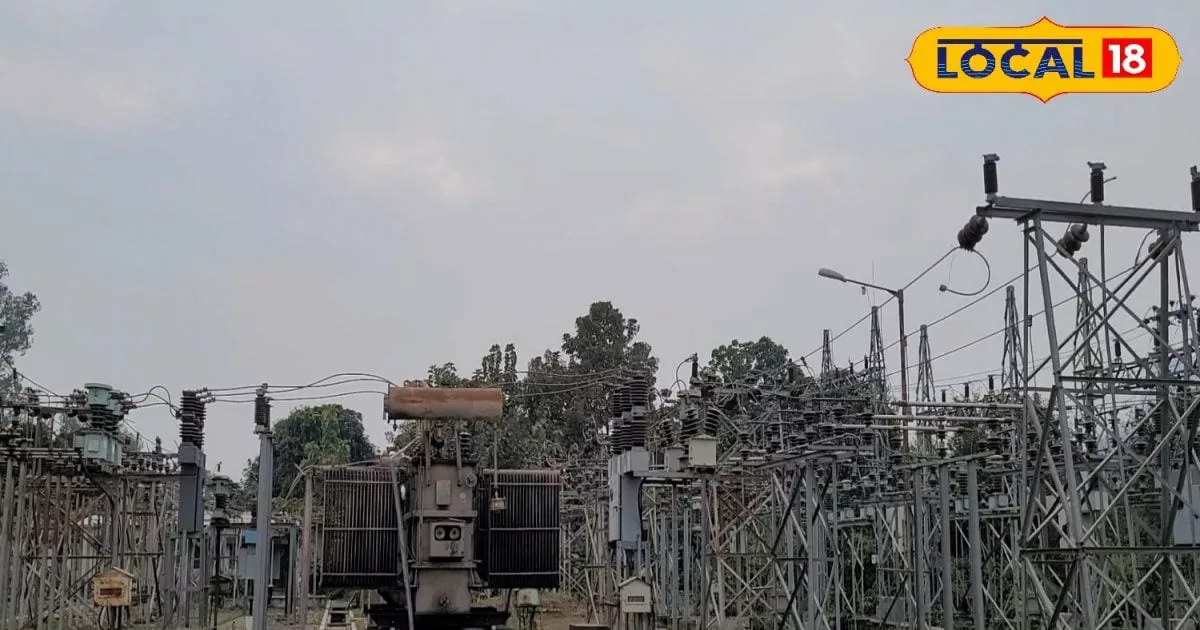Why are Stones Spread on the Ground at Power Substations?
Power substations and switchyards are common sights when it comes to electricity distribution. You may have noticed that stones or gravel are spread on the ground at these locations. This raises the question of why this is done and what benefits it brings to the power substations. In this article, we will explore the answers to these interesting questions.
The Role of Power Substations
Before understanding why stones are spread at power substations, it is important to grasp the functioning of these substations. Power substations or power grids are the places from where high voltage current is supplied through various transformers. During this process, a significant portion of high voltage current is released, known as fault current, which is then transmitted as either 11,000 volts or 33,000 volts.
The Purpose of Spreading Stones
Stones are spread at power substations to prevent fault currents from traveling long distances during power transmission. Additionally, this practice ensures the safety of the workers operating in these areas. As fault currents are also released in the surrounding grounds of high voltage transformers, direct contact with them can pose a threat to workers. Spreading stones helps reduce the ground potential rise (GPR) or step voltage and touch voltage. Moreover, spreading stones prevents the growth of grass on the ground, maintains dryness during rainy days, and discourages small animals from building their homes, thus maintaining the frequency of power transmission.
गुलशन कश्यप जमुई से हैं और उन्होंने यह पूछा है कि पावर सब स्टेशन या स्विचयार्ड में कंकड़, पत्थर या बजरी क्यों बिछाई जाती है। इसका कारण है कि यह फॉल्ट करंट को दूरी तक ट्रैवल नहीं करने देती है और यह कर्मियों की सुरक्षा के लिए भी आवश्यक है। इसके अलावा, इससे जमीन में घास नहीं उगती है, जमीन बारिश के दिनों में ज्यादा गीली नहीं होती है, और छोटे जीव उसे में घर नहीं बना पाते हैं। इससे पावर ट्रांसमिशन की फ्रीक्वेंसी भी बरकरार रहती है।

